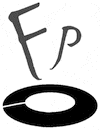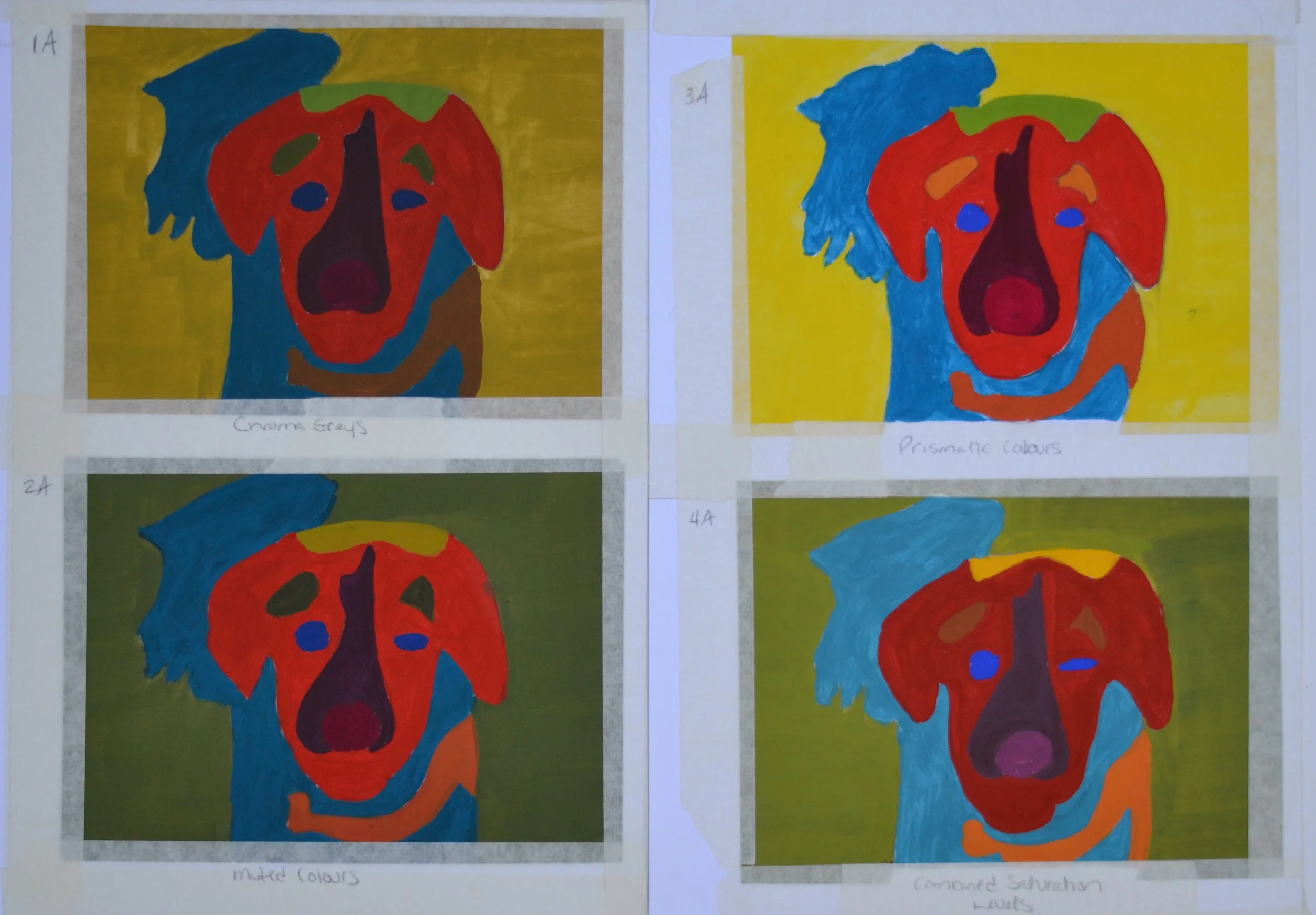Review of ‘Colour: a workshop for artists and designers’ Second Edition by David Hornung
‘Colour: a workshop for artists and designers’ by David Hornung is a comprehensive book organised in 10 parts with lots of beautiful illustrations. The first 3 parts explain colour theory, materials and techniques. Parts 4-9 are workshops with assignments and the last part ‘Colour studies on the computer, offers guidelines for doing most of the assignments in Adobe Illustrator’.
The introduction clearly explains what you will find in each part so you can skip to the subject that interests you. However, ‘The book is intended as a guide to practical workshop in colour’ and it is recommended to work through the studies in sequence.
Hornung suggests you buy Gouache paint and lists the exact colours to do the assignments. Most painters don’t use Gouache so if you are a beginner, I would suggest using the medium you intend to paint with going forward (watercolour, oil, acrylic, pastel, or ink). This way you won’t end up spending unnecessary cash. Unfortunately, different paint brands use different colour names. Basically you need a cool, warm and earth tone for each primary colour that’s red, yellow, and blue plus white and burnt umber.
A valuable takeaway from the book in Part Two on page 29, was the importance of Colour Wheels. It wasn’t an assignment, but I made four colour wheels and a greyscale chart with the new Gouache paints I shouldn’t have bought.
Over the lifetime of an artist there are probably thousands of these studies prepared in various forms; you just need to go on YouTube to see how artists use charts/wheels to facilitate their creations.
Exercise from part four Beginning Colour Studies
The book has plenty of exercises for a disciplined person to go through ‘the lessons can be easily accomplished in around 15 weeks if you spend approximately six to eight hours a week working on the assignments.’ If you get distracted, you can always visit topics later. Part 10 ‘Colour on the Computer’ is particularly interesting because you can revisit the earlier exercises and recreate them digitally.
As of 2022, Amazon gives the book 4.7 out of 5 with 83% giving it 5 stars and 2% giving it 1 star. The complaint of the 1 star review was that the book was not for a pastelist, however I disagree. You can make the book work for you whatever the medium; come on, artists are supposed to have imaginations!




